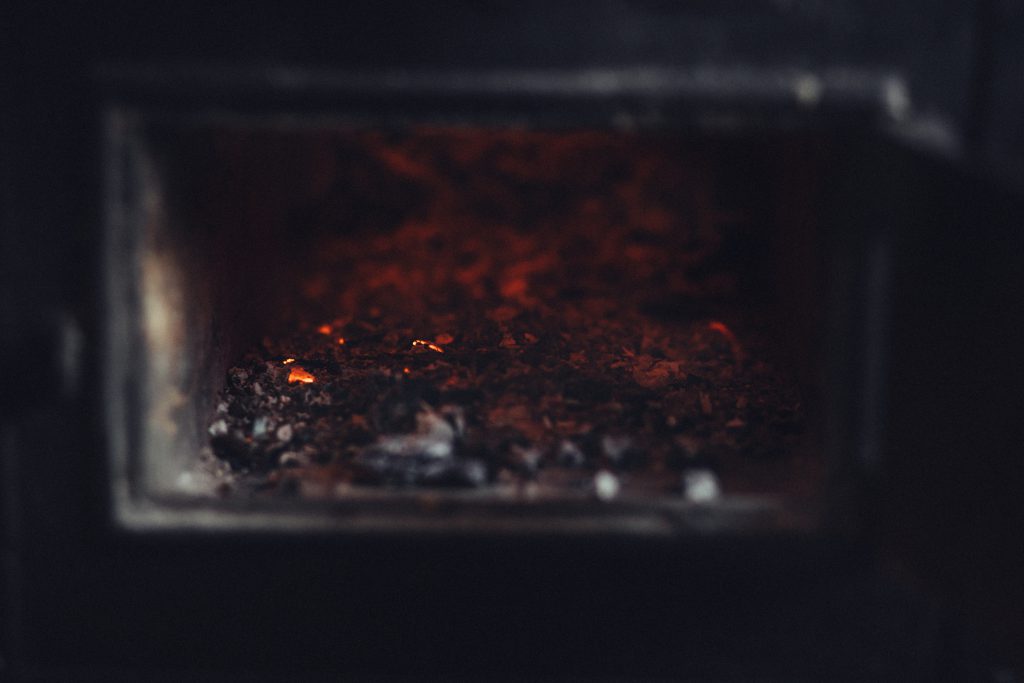How To Use A Meat Thermometer For Perfect Pork Ribs
How To Use A Meat Thermometer For Perfect Pork Ribs
How to Use a Meat Thermometer for Perfect Pork Ribs
1. Choose the proper thermometer
1. Choose the right thermometer

2. Insert the thermometer
1. Choose the right thermometer. There are two major forms of meat thermometers: instant-read and leave-in. Instant-read thermometers are great for fast and easy temperature checks, while leave-in thermometers can be left within the meat for longer intervals of time to observe its temperature whereas it cooks.
2. Calibrate your thermometer. Before using your meat thermometer, it’s essential to calibrate it to guarantee that it is reading temperatures accurately. To do this, merely insert the thermometer right into a cup of ice water and anticipate the studying to stabilize. The thermometer should learn 32 degrees Fahrenheit (0 degrees Celsius).
3. Insert the thermometer into the thickest part of the meat. When inserting the meat thermometer, just bear in mind to insert it into the thickest part of the meat. This will give you the most correct temperature studying.
4. Cook the meat to the specified temperature. The safe inside temperature for Pork Ribs Oven ribs is one hundred forty five levels Fahrenheit (63 degrees Celsius). However, many individuals prefer to prepare dinner their ribs to a higher temperature, similar to a hundred sixty five levels Fahrenheit (74 degrees Celsius). The greater the cooking temperature, the more tender the ribs shall be.
5. Rest the meat earlier than serving. Once the ribs have reached the desired temperature, take away them from the oven or grill and let them rest for 15-20 minutes before serving. This will allow the juices to redistribute all through the meat, resulting in more tender and juicy ribs.
3. Monitor the temperature
3. Monitor the temperature
Pork ribs are accomplished when the internal temperature reaches 195-203 levels Fahrenheit. Using a meat thermometer, insert the probe into the thickest a half of the ribs, making sure not to touch the bone. Hold the thermometer in place for a number of seconds to get an accurate studying.
4. Remove the ribs from the heat
4. Remove the ribs from the heat
Once the ribs have reached the desired inside temperature, remove them from the warmth.
- Let the ribs relaxation for 10-15 minutes before serving. This will allow the juices to redistribute all through the meat, resulting in extra tender and juicy ribs.
5. Let the ribs rest
5. Let the ribs rest
Once the ribs have reached your required inner temperature, remove them from the warmth and let them relaxation for at least half-hour earlier than slicing and serving. This will enable the juices to redistribute all through the meat, leading to more tender and flavorful ribs.

Recent Posts
- How Stuffed Cabbage Rolls Symbolize Comfort Food
- The Environmental Impact Of Producing Ingredients For Alfredo Sauce
- The Best Way To Slice Almond Flour Banana Bread
- How Panna Cotta Can Be Used In Layered Desserts
- How Different Generations Perceive Stuffed Cabbage Rolls
- The Best Ways To Store Almond Flour Banana Bread
- How To Avoid Common Mistakes When Making Alfredo Sauce
- Why Stuffed Cabbage Rolls Have Stood The Test Of Time
- How Almond Flour Affects The Absorption Of Nutrients
- Why Alfredo Sauce Tastes Better In Some Restaurants
- Why Stuffed Cabbage Rolls Taste Better The Next Day
- The Best Way To Reheat Almond Flour Banana Bread
- How The Popularity Of Alfredo Pasta Influences Italian Cuisine Perceptions
- How To Achieve The Smoothest Panna Cotta Texture
- Stuffed Cabbage Rolls In Medieval European Cooking
- How To Prevent Almond Flour Banana Bread From Being Too Dense